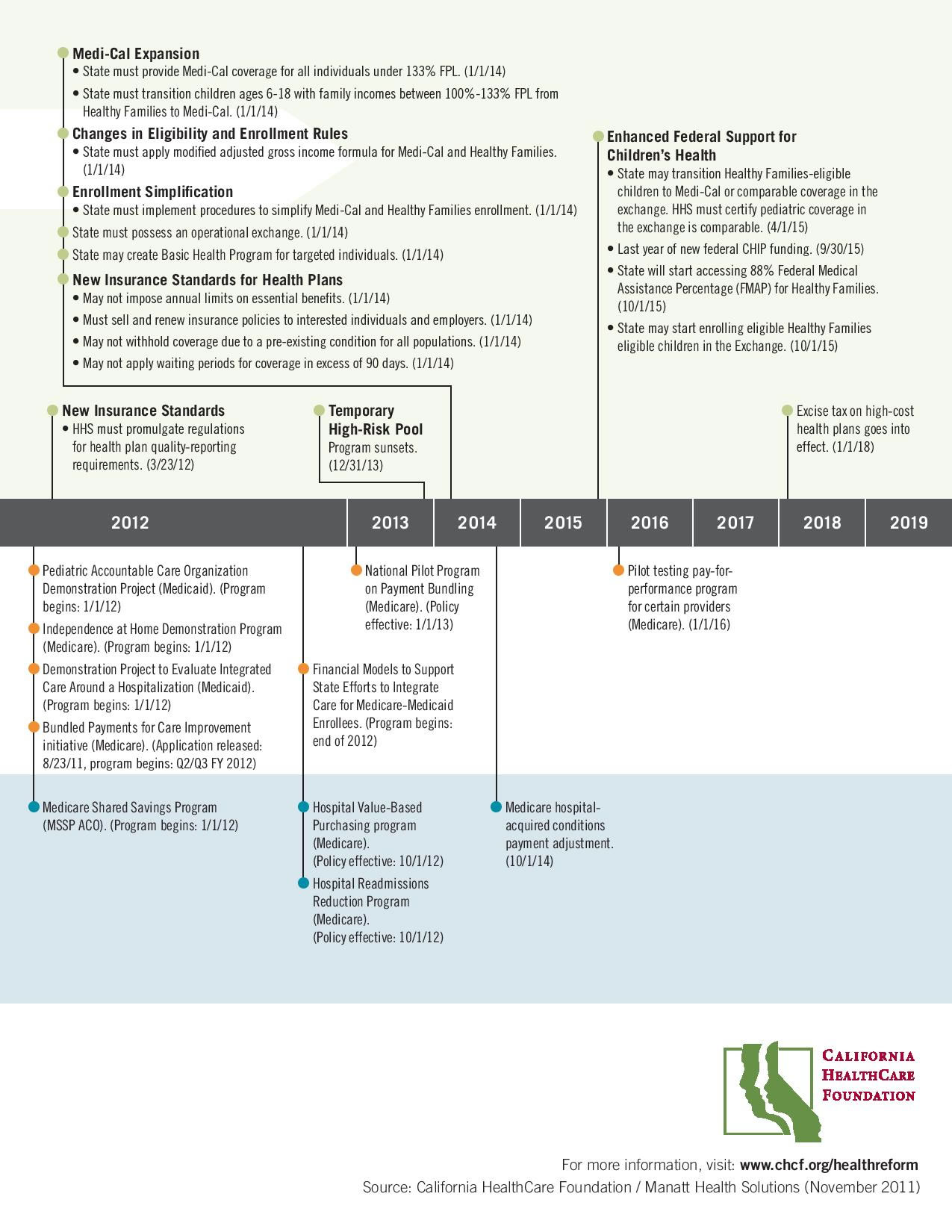Affordable Care Act Can Help Disabled Californians

 Credit: Credit: S_L // Shutterstock.com
Credit: Credit: S_L // Shutterstock.com
A 2010 study by the CDC showed that two out of five uninsured people in that past year (2009) had one or more chronic conditions. While not everyone who has a chronic condition qualifies as disabled, the disabled do make up a significant chunk of that population.
In the same study, the CDC found that, “...30% of adults aged 18 to 64 with a disability skipped or delayed some medical care in the past 12 months because of cost.” This leads to preventable deaths and significant costs to taxpayers in the form of emergency room visits and hospital stays. The Affordable Care Act aims to alleviate some of that burden in a couple of simple, but effective ways.
Medicaid expansion and individual mandate
Beginning in 2014, Medicaid will expand (in states like California, that have decided to participate) to include people who are 138% above the federal poverty level, which comes out to $15,856. In addition to the expansion, the federal government will require individuals that don't qualify for medicaid or medicare to purchase private insurance from healthcare exchanges set up by each state. The exchanges goal is to assist people and companies in finding plans that fit their needs.
This was one of the most controversial parts of the bill. It faced considerable Republican opposition in Congress and was often called unconstitutional. Ironically enough, the idea of an individual mandate was first conceived by conservative think tanks like the Heritage Foundation and touted by Republicans such as Newt Gingrich back in 1993.
Combined, the two will help disabled individuals either get coverage through Medicaid or private insurance. Some may even qualify for government subsidies depending on income.
Home and Community Based Services
Home and community-based services (HCBS) are provided by both the states and the federal governments to medically fragile people. The ACA allows for states to provide services in the community for those who are at risk to be placed in an institution. These programs were started as a response to the Supreme Courts ruling in Olmstead v. L.C. where public institutions cannot discriminate against the disabled by placing them in institutions when community placement is feasible.
While this was a huge step forward for the disabled community, there is still significant institutional bias in Medicaid as nearly 60% of Medicaid long-term services go towards nursing homes. In a paper published by the Journal of Aging and Social Policy the author states:
“Most frail and chronically ill older adults would prefer to remain at home as long as possible. This is also the preference of the broader policy community, with, for example, 84% of LTC specialists—consumer advocates, providers, policy experts, government officials—believing that the LTC system should be rebalanced away from institutions toward HCBS “
The ACA addresses some of these issues with provisions such as the Community First Choice (CFC) rule, which was described in a press release by the Health and Human Services department as, “...a new state plan option under Medicaid, and announced the participants in the Independence At Home Demonstration program. The demonstration encourages primary care practices to provide home-based care to chronically ill Medicare patients.”
While these reforms are certainly a step in the right direction for disabled citizens, there are still a number of issues that need to be addressed. For example HCBS programs are optional for states and in order to receive federal funding, they have to go through a lengthy and often cumbersome process.
Additionally, states who don't choose the CFC option will be allowed to put limits on the number of people who can enroll in the programs and keep lengthy waiting lists. There are currently 300,000 disabled people on waiting lists across the country and they can wait up to 10 years.
Below is a graphic showing the future implementation timeline for the Affordable Care Act in California.




